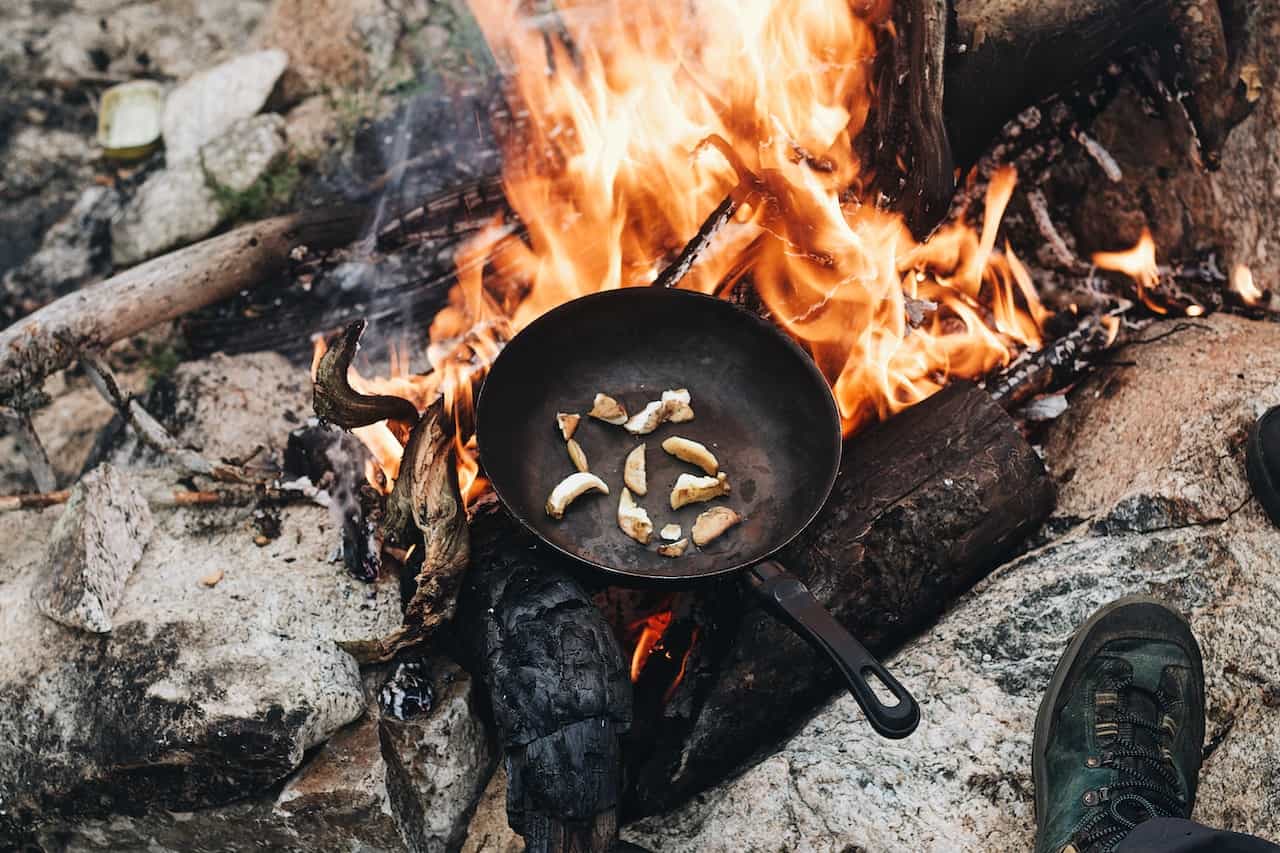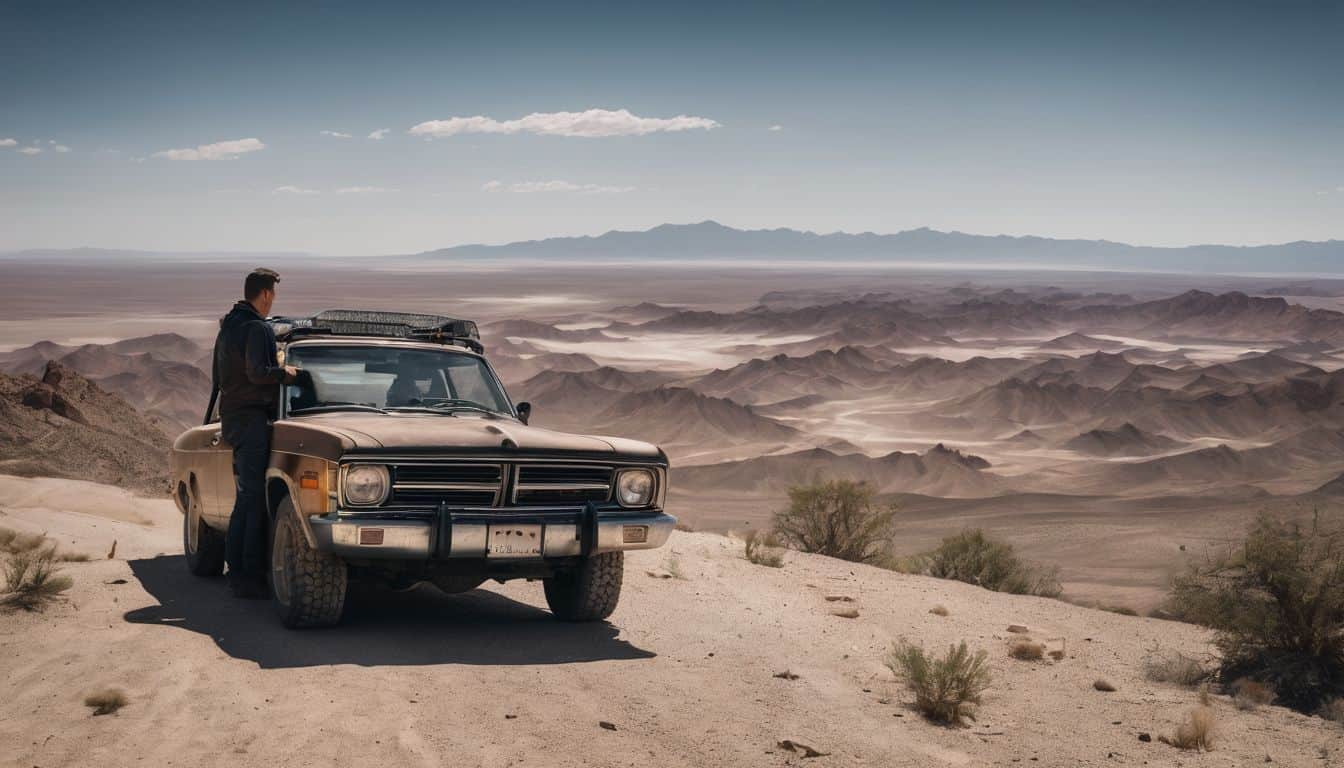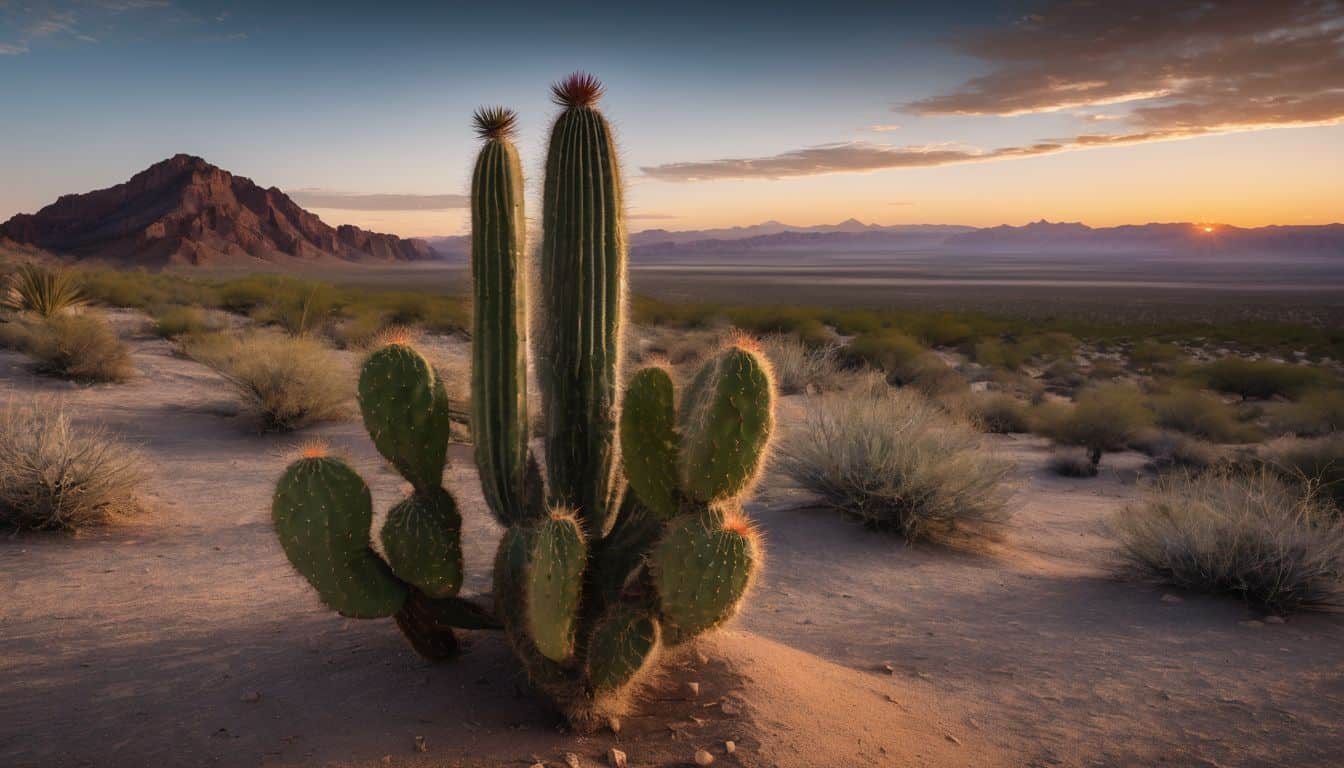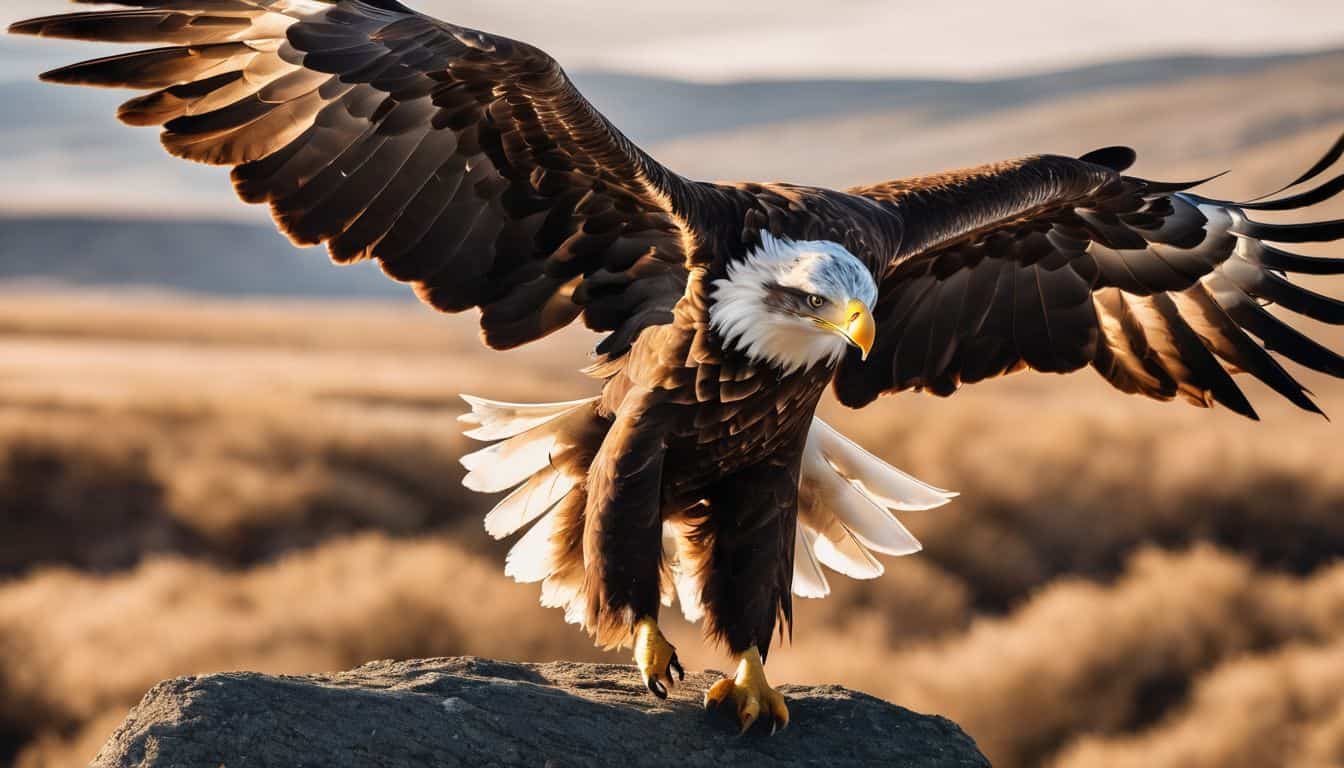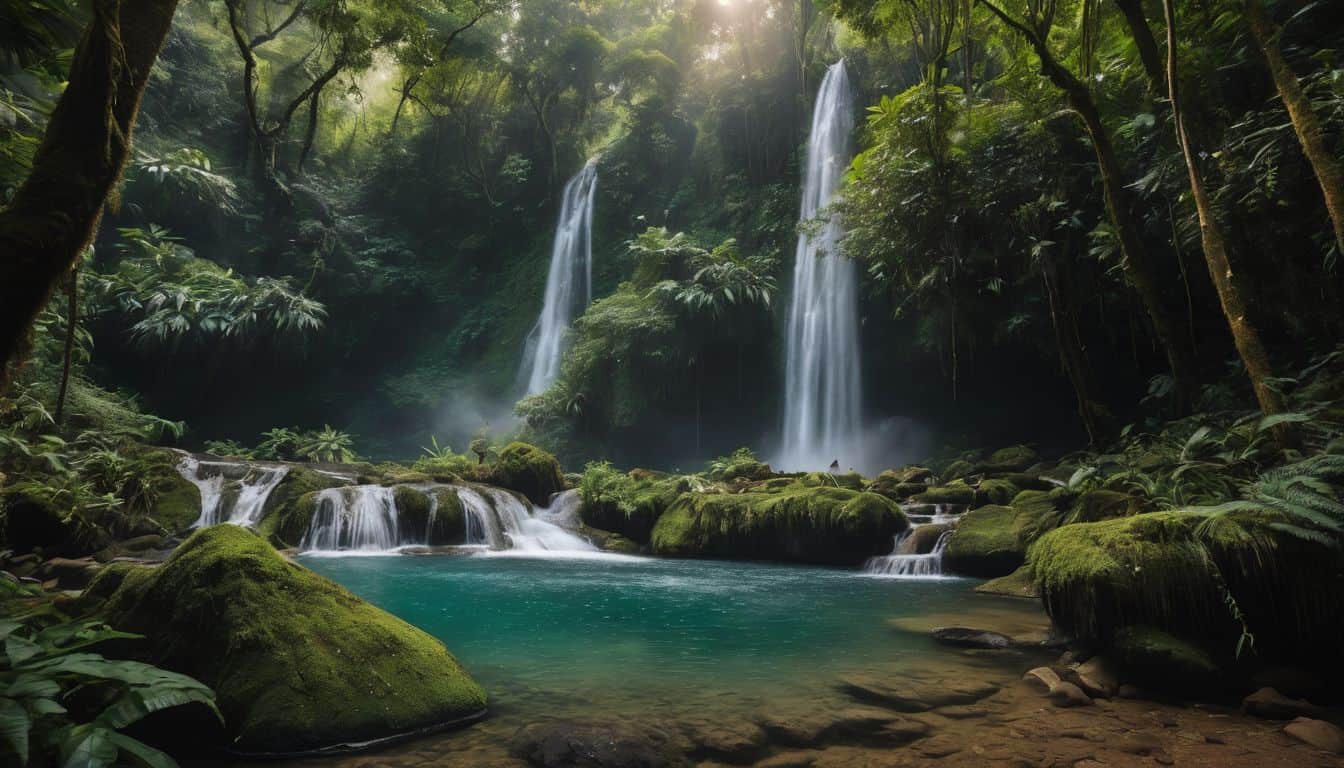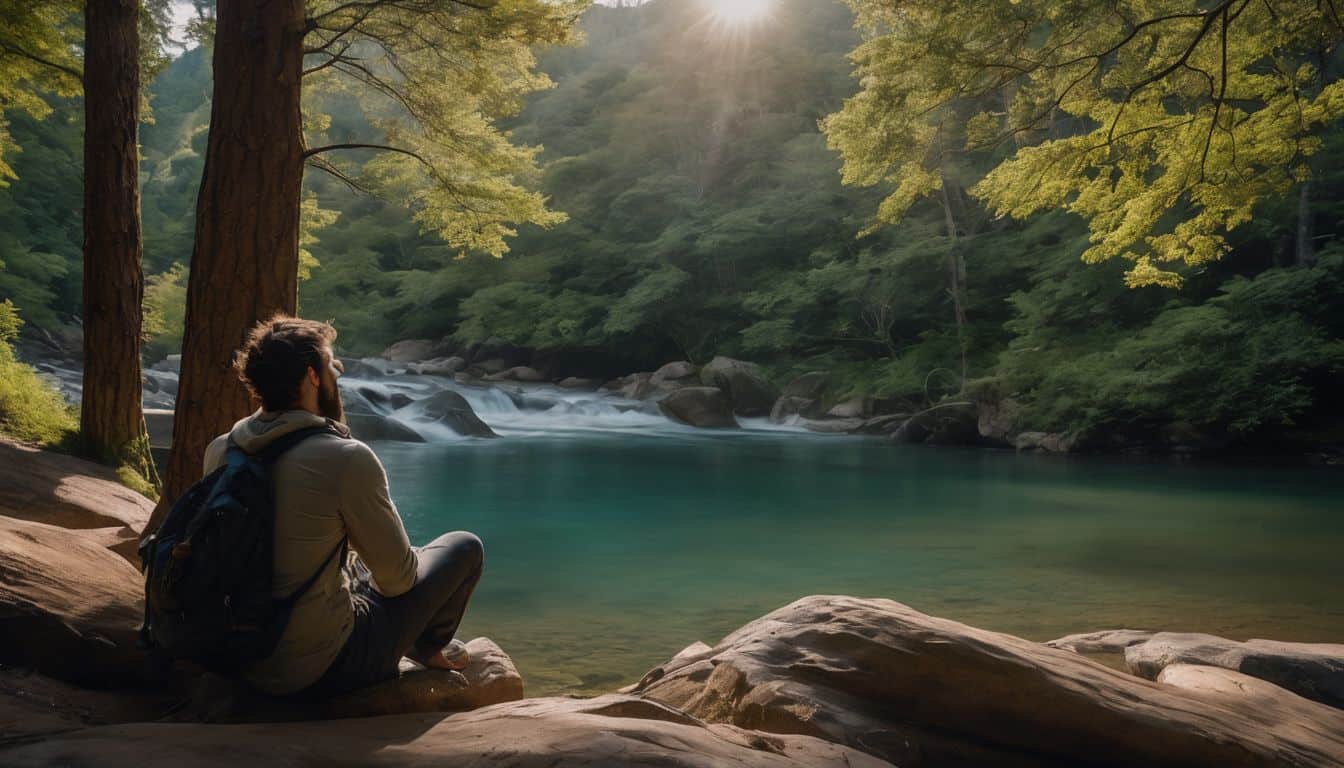
DIY Emergency Communication Methods: 3 Ways to Master
Experiencing an unexpected emergency when you feel cut off from the rest of the world can be a nerve-wracking experience. Believe me, it’s like navigating your way in the dark. Recalling one such instance, it felt like eternity before I could access crucial information due to lackluster communication channels at hand. Through this blog post,…

